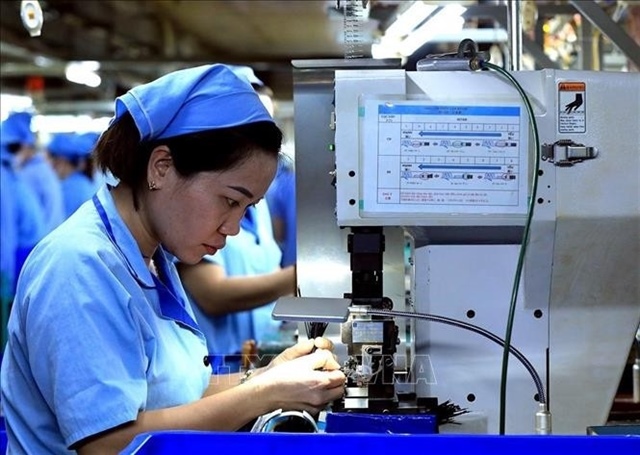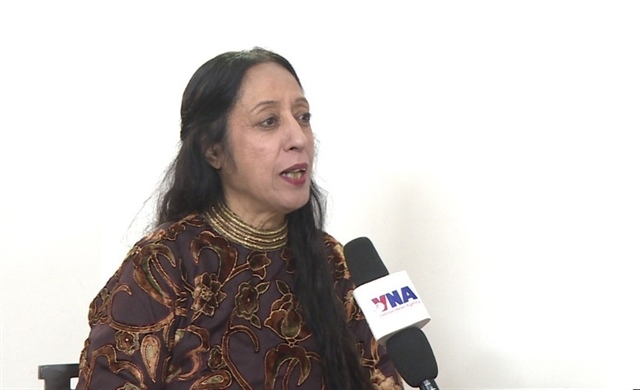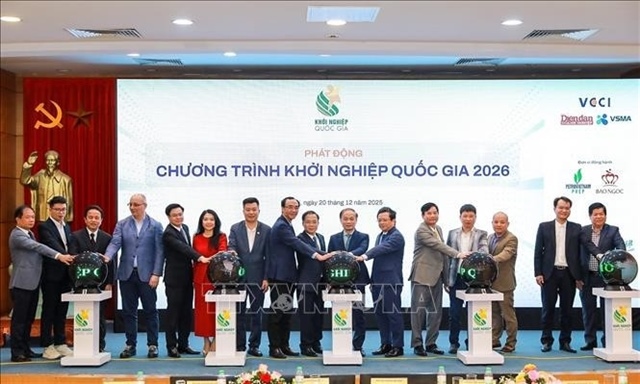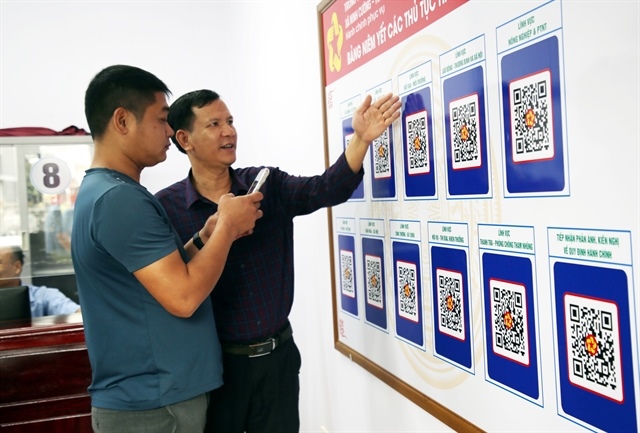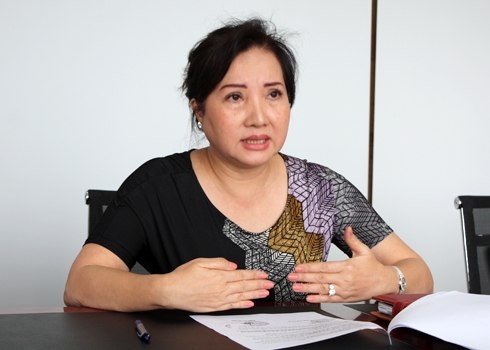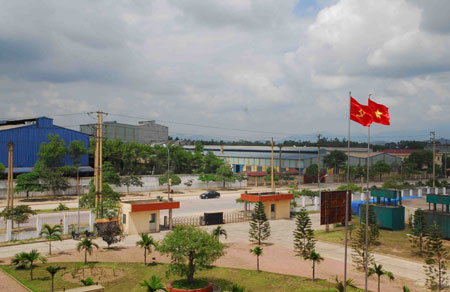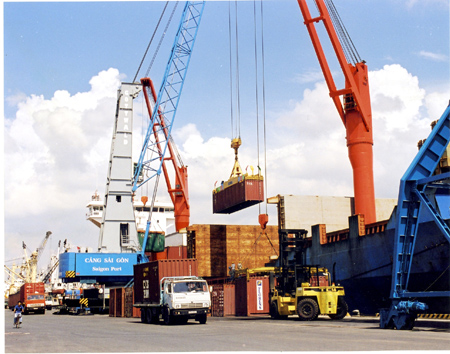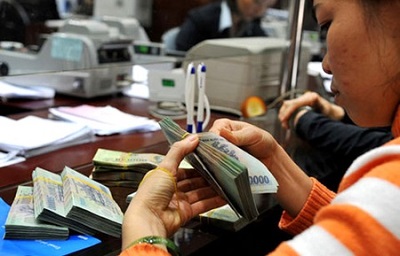Agricultural sector poised for major revamp
Agricultural sector poised for major revamp
A draft plan to restructure Viet Nam's agriculture production to improve quality and sustainability has been heralded as the breakthrough needed following a downturn in the sector's contribution to GDP and negative impacts on the environment.
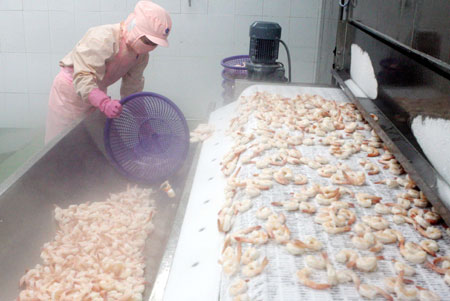
Minister of Agriculture and Rural Development Cao Duc Phat told a conference on the draft plan that agricultural growth in recent years had been achieved mainly "through an increase in area" rather than focusing on sustainability, market forces and diversification.
Farming had reduced biodiversity, degraded natural resources and polluted water resource, Phat said.
Social capital in the agricultural sector was also distributed unequally, with 84 per cent being invested in irrigation systems to plant rice in the 2006-10 period.
"Over the past few years, we have focused too much on quantity rather than quality."
The annual growth rate of the sector in the past 10 years was 5.4 per cent but its share of total GDP had decreased from 24.5 per cent in 2010 to 21.6 per cent last year.
The time for band-aid measures was over, Phat said. "We need a radical solution."
Agriculture was crucial for the nation's economic development and social and political stability. It ensured food security, created incomes for 70 per cent of the population and reduced poverty.
"Agriculture will have to compete for resources with other industrial and services sectors," Phat said, "and so will have to be more competitive on the basis of raising quality, value and food safety through structural adjustments and production technology improvements."
Nguyen Do Anh Tuan, an expert from the Institute of Policy and Strategic Policy for Agriculture and Rural Development, said the driving force for the robust growth of the agriculture sector in the 90s was favourable policies.
However, the previous policies were no longer effective, he said. Agriculture land was being taken over for industries and services while soil quality was being degraded through the overuse of fertiliser and pesticide.
Nguyen Lan Huong from the Food and Agriculture Organisation in Viet Nam, said the restructuring scheme being prepared by the Ministry of Agriculture and Rural Development, along with the support of international organisations, would be the breakthrough needed for the sector's growth,
In the short run, the sector would implement a number of urgent measures, such as restructuring rice production towards reducing rice acreage in arid regions by approximately 200,000ha in favour of planting corn and soybeans.
The ministry would change farmers' perceptions of paddy land so they would consider growing maize, potatoes, soybeans, vegetables or fruit trees, depending on the demand.
The Livestock Breeding Department would help households reduce costs and avoid losses while the Directorate of Fisheries would propose priority areas, solutions and strategies and encourage fishermen to become more effecting in off-shore fishing.
Under the draft scheme, the goal was to achieve average GDP growth in agriculture of 2.6 to 3 per cent per year in the 2011-15 period, and from 3.5 to 4 per cent during the 2016-20 period. By 2020, the income of rural households was targeted to increase by 2.5 times compared with 2008.
The investment in agriculture would be VND239.4 trillion (US$11.4 billion) for the 2011-15 period and increase to VND478.8 trillion ($22.8 billion) in the 2016-20 period.
The funds would be used mostly in rice planting and fisheries with the target of stabilising 3.8 million hectares of rice land, yielding a total annual output of 45 million tonnes. Investment in irrigation would not be a priority.
In aquaculture and seafood exports, shrimp would be a strategic product.
Phat asked that the draft restructuring scheme be ready for approval within this month.
vietnamnews


